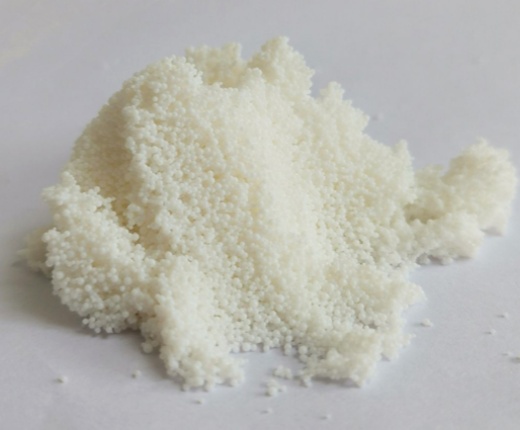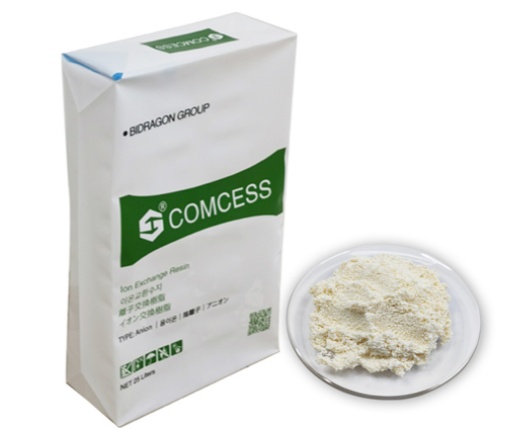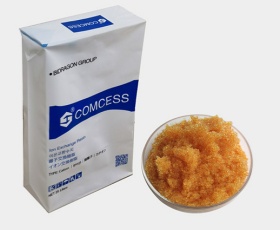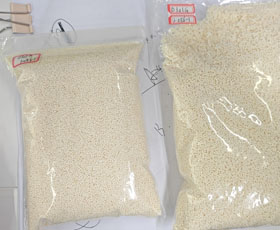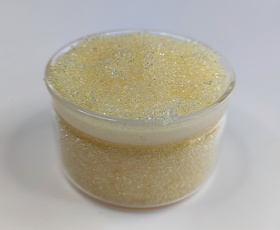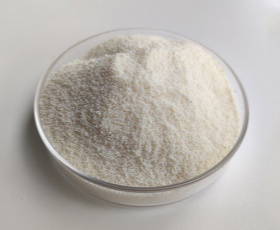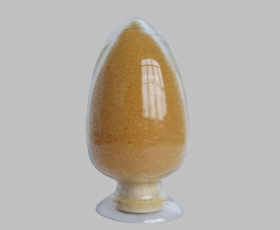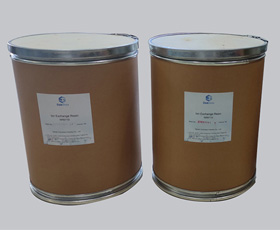Boron Absorbing Resin Macroporous Ion Exchange Chelating Resin
Introduction
Boron absorbing resin is a macromolecular polymer with a coordinating amine(N-Methyl glucamine) group on the styrene-divinylbenzene skeleton. The coordinating amine group can form a very stable complex with boric acid, and is inert to other anions, which helps to form a stable complex with borate ions in water, so as to achieve the removal of borate in aqueous solution. This group is sensitive to pH value, the formation of complex ions can only be generated in neutral and alkaline solutions, and the complex ions are decomposed in acidic solutions.
Mainly used for boron removal of industrial products and boron removal from different aqueous solutions.
Main uses:
1) Prepare boron-free magnesium salt solution. 12% magnesium chloride generally contains about 100ppm of boron, and the amount of boron is reduced to less than 10ppm by resin treatment to produce excellent magnesium.
2) Purification of lithium salt solutions such as lithium hydroxide and lithium bicarbonate;
3) Removal of boron in boron-containing aqueous solutions such as drinking water and irrigation water.
4) Seawater desalination and deboronization.
5) Adjustment of boron content in nuclear reactors.
Advantages:
Iminodiacetate acid function groupy
Good selectivity
Excellent mechanical strength
Large exchange capacity
High physical strength
Technical Parameter
| S/N | Item | DB500 |
| 1 | Appearance | Creamy to beige opaque beads |
| 2 | Ionic form: | Free base |
| 3 | Mass complete exchange capacity(mmol/g) | ≥2.0 |
| 4 | Volume complete exchange capacity(mmol/ml) | ≥0.80 |
| 5 | Moisture content (%) | 43~53 |
| 6 | Bulk density(g/cm3) | 0.73~0.81 |
| 7 | Real density(g/cm3) | 1.03~1.10 |
| 8 | Bead size (mm) | 0.315~1.25 |
| 9 | Uniformity coefficient | ≤1.60 |
| 10 | Sphericity after attrition (%) | ≥95% |
| 11 | Boron saturation adsorption capacity g/L (calculated as boric acid) | ≥15 |
| 12 | Stability, temperature: | ≤80℃ |
| 13 | Operating flow rate m/h | 5~30 |
| 14 | Regeneration | The regeneration process varies according to the application |
| 15 | Applicable pH range | 5~14 |
Application
Food Processing: Removal of pesticide residues, patulin and harmful ions in fruit juice, purification of polyphenols, desalination, decolorization, refining and purification of sugar solution, dealkalization and purification of drinking water, removal of salts, acids, starch, monosodium glutamate in beverages , Refining of amino acids, citric acid, etc.
Biopharmaceutics: Production, extraction, purification, purification, adsorption, separation and decolorization of antibiotics, vitamins and other drugs, adsorption and separation of biochemical products, separation and purification of biological protein drugs, blood purification, deep processing of Chinese herbal medicines, separation and purification of active ingredients of Chinese herbal medicines in plants.
Hydrometallurgy: The separation, extraction and purification of rare metals, the enrichment and recovery of rare metals in wastewater, the recovery and treatment of waste acid, etc., the hydrometallurgical process summarizes the extraction of rare metals and comprehensive.
Petrochem Chemical Industry: Synthetic chemical reaction, polymerization reaction, etherification of ring chlorine, lipid hydrolysis, catalyst in the process, purification of organic reagents, degreasing of condensate water, separation, extraction, adsorption and removal of heavy metals, etc.
Request a Quote


